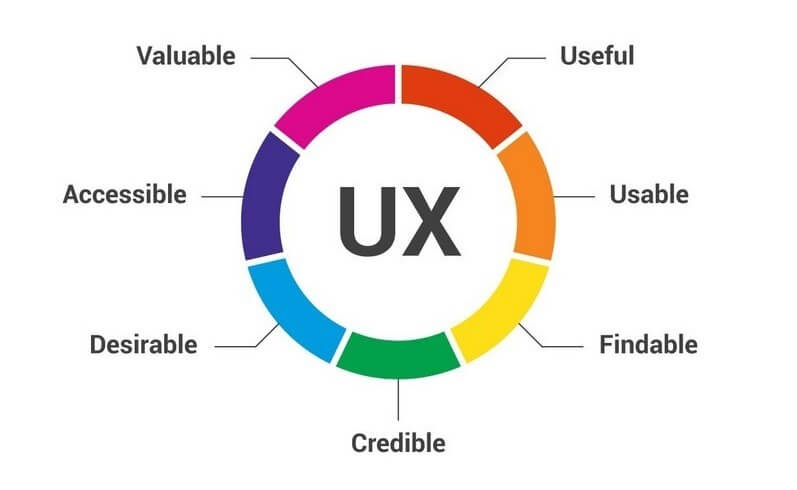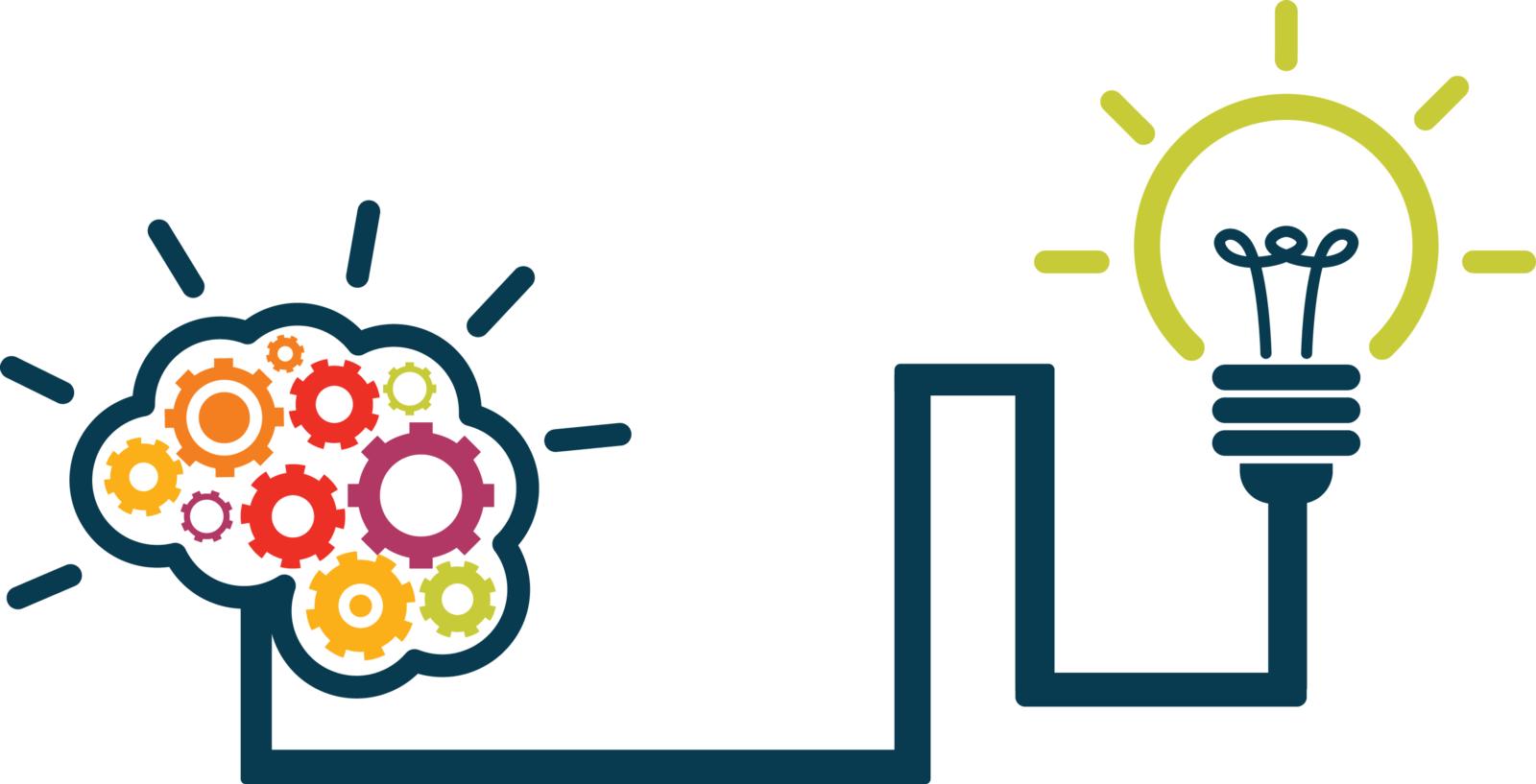
How to be sure an idea is well crafted and well designed? What are the patterns to make a feature successful ?
Well, I recently listened to a Stanford eCorner podcast in which Julie Zhuo, Product Design VP at Facebook, explained how product designers at Facebook answer those two major questions while working on a new product or feature.
During her talk, Julie explains one of Facebook’s techniques to develop a perfect product and I wanted to share her feedbacks with you, as I found them more than valuable and above all compatible with every product being built.
At Facebook, designers try to answer to 3 distincts questions while they are building a new feature. Here are those 3 questions :
What people problem are we trying to solve?
How do we know this is a real problem?
How do we know if we solve this problem?
What people problem are we trying to solve?
The key word in this first question is “people”. Go out, talk to your customers and get real people statement. Use their words to answer this first question (not yours). People problem statement should not mention solution or technical words at all.
People won’t always tell you what they really need and therefore what feature you should add. Keep in mind that you will have to sort and synthesize people statements and step back to define clear “people problems”.

How do we know this is a real problem?
Do we have evidences? Is this a problem that is worth solving? How to make sure that the opportunity is worth tackling?
Developers and technical teams are always busy, prioritizing features is hence extremely important for product owners and leaders. It is of vital importance to be sure the problem we plan to solve is a real problem. No one wants to spend time on something that either nobody will use or that do not bring real value to the product.
At Facebook, designed answer this question by looking deeply into the data. Understanding how people behaves and how they use the platform helps product designers to determine what is missing and what should be improved.
Advice : Look at the data that you already have..
How we know if we solve this problem?
At the end, how do you know if you solve this problem? What exactly should your expectation be? Did you really solve the problem ? What constitute success for you?
If you do not have answers to those questions, well, maybe you should not release your feature right away. Make sure to set measurable goals and metrics to help you answering those questions.
Conclusion : The example of the “Dislike” button
To conclude I wanted to quote an example that speak on its behalf.
During her talk, Julie mentions the Dislike button example. For years, Facebook’s users asked for a “Dislike” button. As they already had access, since the beginning of Facebook, to the well known “Like” button, it always made sense for users that a “Dislike” button was added to the platform sooner or later.
But the Facebook product designers point of view was different, a “Dislike” button will have brought confusion and misunderstanding in some cases for users.
To understand let’s suppose you post a new status on your Facebook page explaining to your friends, within your private network, that one of your family member suffer from a serious disease. Would you prefer to get “Like” or “Dislike” on this new status ? Does it make sense? No, in this case “Likes” are not welcome and “Dislikes” are confusing. Will “Dislikes” mean that people don’t want to get other status like this one from you? Or will they mean they feel sorry for you and the family member concerned?
That’s partly why designers started to think about the “Reactions” feature instead of a simple “Dislike” button.
This example explains perfectly why it is important to define what people problem we are trying to find instead of simply adding the feature that everyone asks for.
As always, I hope you found this post interesting and good luck with your projects.